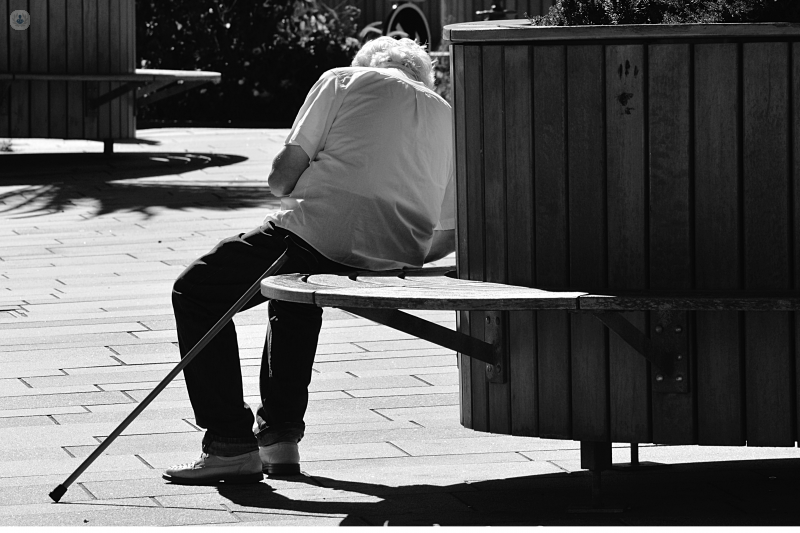What’s the best way to treat osteoarthritis in the hip?
Autore:Each year over 70,000 people in the UK get a hip replacement – that’s just under 200 a day. One of the main reasons is to relieve pain in the hip due to arthritis. But what exactly is arthritis, why does it cause hip pain, and are there alternatives to having surgery? We asked Mr Nick de Roeck, a leading consultant trauma and orthopaedic surgeon based in Hertfordshire.

What is osteoarthritis?
Osteoarthritis is a condition in which the cartilage lining a joint becomes thinned, damaged and ultimately wears away. This can lead to patients developing pain, stiffness and loss of function.
How does osteoarthritis affect the hip joint?
In the hip the cartilage on the surface of the femoral head (ball) and lining the acetabulum (socket) is damaged. Patients developing osteoarthritis may have no or minimal symptoms in the early stages of the disease. As damage to the joint progresses it may lead to symptoms.
About 1 in 25 adults over the age of 45 has symptomatic hip osteoarthritis.
For most of us this occurs slowly as part of a degenerative process as we age. However it can occur in younger patients although it is then usually secondary to other conditions affecting the hip, following injury or if there are abnormalities in the shape of the ball or socket.
What kind of symptoms does osteoarthritis cause?
The most common symptom patients get is pain. This can be felt in the wider hip area but can also be localized to the groin, buttock, front of the thigh or even the knee. Patients often describe the ability to walk the pain off initially but if the osteoarthritis progresses the pain may become more constant. This may lead to reduced walking ability and limping. The pain can start to be present at rest and disturb sleep.
Patients may also complain of stiffness. This can mean a loss of smooth movement or a loss of range motion in the joint.
The pain and stiffness can lead to difficulties with day to day activities such as getting out of a chair, getting in and out of a car, going up and down stairs and putting shoes and socks on.
How is it treated?
In the earlier stages of the disease symptoms can be managed without surgery. This is usually with simple pain-killers or anti-inflammatory drugs. Exercises and physiotherapy may help by strengthening muscles and trying to maintain movement in the joint. Using a walking stick in the opposite hand will help.
In which cases would a hip replacement be necessary?
If symptoms become severe or are not controlled by these measures then patients may choose to have surgery. This involves having a total hip replacement.
It’s an individual choice as to when to have a hip replacement, your surgeon can help you with this decision. Reasons include suffering pain at rest, difficulty sleeping, loss of the ability to work and being unable to undertake normal day-to-day activities.



